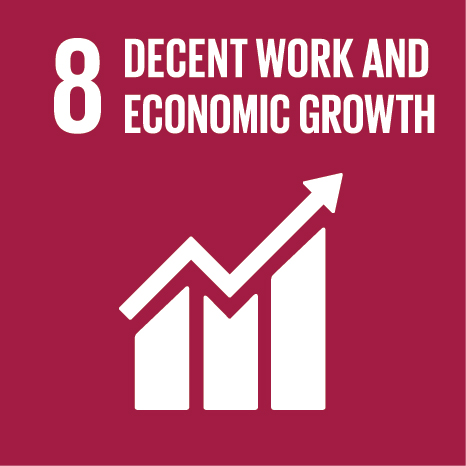Balancing marketing and sustainability orientation for innovativeness in tourism
Event Title
7th World Research Summit for Hospitality and Tourism: Resilience, Recovery, and Reshaping
Year (definitive publication)
2024
Language
English
Country
United States of America
More Information
--
Web of Science®
This publication is not indexed in Web of Science®
Scopus
This publication is not indexed in Scopus
Google Scholar
This publication is not indexed in Google Scholar
This publication is not indexed in Overton
Abstract
The importance of small and medium tourism firms (SMETs) in destination innovation is widely recognized (Brouder, 2012; Fu et al., 2019; Dias et al., 2023). Furthermore, these firms have a strong attachment to the places where they operate, being particularly committed to preserving the culture and heritage of the place, revealing a strong sustainable engagement. In turn, this responsibility towards society and environment represents an essential factor in innovation generation (Brouder, 2012). However, SMETs often lack marketing competences to promote those innovations in the market. These small firms have limited resources (Yachin, 2019) and, mainly due to the low entry barriers in the tourism industry (Thomas et al., 2011), may not have the experience or knowledge to develop, implement and control marketing plans or campaigns.
According to this framework, SMETs strive to keep up with rapidly changing market needs, often customizing their offering and making the customer an integral part of the service provided (Rodriguez-Sanchez et al., 2019). These processes are usually associated with practices such as market orientation and co-creation. This effort to follow the market may lead SMETs to neglect their attention to the level of social and environmental responsibility, compromising their commitment for place. To the best of our knowledge, this balance has not been previously studied, and is of particular importance to determine in order to better manage the scarce resources of these companies and for tourism destination decision-makers to take the most appropriate measures to stimulate SMETs. The quest to understand how this balance is achieved leads to the following research question: what are the configurations through which SMETs combine their marketing activities with social and environmental responsibility to generate innovation?
Acknowledgements
--
Keywords
Co-creation; Market orientation; Social responsibility; Environmental responsibility,fsQCA
Fields of Science and Technology Classification
- Economics and Business - Social Sciences
Contributions to the Sustainable Development Goals of the United Nations
With the objective to increase the research activity directed towards the achievement of the United Nations 2030 Sustainable Development Goals, the possibility of associating scientific publications with the Sustainable Development Goals is now available in Ciência_Iscte. These are the Sustainable Development Goals identified by the author(s) for this publication. For more detailed information on the Sustainable Development Goals, click here.

 Português
Português



